#plasma
Morbius x p l a s m a
Lightning in a bottle
These bolts, which resemble lightning, are the result of excited argon atoms returning to their ground state. Pedro Amaral and Donald Hall, PhD candidates at Drexel University, created the demonstration by injecting argon gas into a round-bottom flask. Using a Tesla coil as a source of electrons, they generated excited argon radicals to form argon plasma. The argon atoms released light as they returned to their ground state. This photo is part of a 24-part series on display near the general chemistry labs at Drexel. “We decided to take these pictures to use as decoration for the department and also to inspire freshmen and show them that chemistry can be pretty and fun,” Amaral explains. –Alexandra Taylor
Submitted by Pedro Amaral
Do science. Take pictures. Win money. Enter our photo contest here.
Related C&EN content:
‘Forever chemicals’ no more? These technologies aim to destroy PFAS in water
Scientists at CERN hunt for greener gases for particle detectors
Post link
Lithium – it’s not just for batteries: It can also reduce instabilities in fusion plasmas
You may be most familiar with the element lithium as an integral component of your smart phone’s battery, but the element also plays a role in the development of clean fusion energy. When used on tungsten surfaces in fusion devices, lithium can reduce periodic instabilities in plasma that can damage the reactor walls, scientists have found.
The results, demonstrated by scientists at the U.S. Department of Energy’s (DOE) Princeton Plasma Physics Laboratory (PPPL) and collaborators on China’s Experimental Advanced Superconducting Tokamak (EAST) found that lithium powder can eliminate instabilities known as edge-localized modes (ELMs) when used to coat a tungsten plasma-facing component called the “divertor” – the unit that exhausts waste heat and particles from plasma that fuels fusion reactions. If left alone, such instabilities can damage the divertor and cause fusion reactions to fizzle.
The results are good news for future devices that plan to use tungsten for their own divertors that are designed to work with lithium.
Post link
A sputter system in our lab.
Sputter deposition is a fabrication technique used to deposit thin films of a particular material onto a sample. The film can then be patterned using lithography into, for example, electrical contacts for your device. It is commonly used in the semiconductor industry to make integrated circuits.
First a gaseous plasma of ions, typically argon, is created in the sputter chamber. Ions in the plasma are then accelerated into a large piece of the material to be deposited, called the target, causing atoms to be ejected from the surface. Atoms that reach the sample or substrate are redeposited, forming a thin film over time.
Post link
Platinum plasma in our sputter system.
Plasma is the fourth state of matter (in addition to solids, liquids, and gases) that can be best described as an ionized gas. It is a high energy state, in which there is sufficient energy to strip electrons from atoms or molecules in a gas. The plasma glows because when the electrons recombine with atoms, energy is released in the form of light. The color of the light depends on the composition of the plasma. The plasma in this picture is purple mainly because of the argon ions used to bombard the platinum.
Surprisingly, even though plasma is probably one of the least known of the states of matter, it is the most common in the universe. Examples of plasmas encountered in nature include lightning, some types of flames, nebulae, and stars.
Post link
photo by Cameron Watts|MY TUMBLR BLOG|
Frozen in time. Marvelous. Graceful energy. Like a piece of silver lighting.
Post link
Instructor Robert Callier lights up a bulb with a Tesla coil that he built with students at Haney Technical School, Feb. 26, 2015, in Panama City, Fla.
Post link
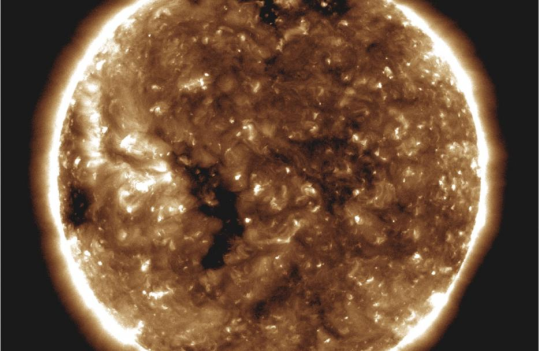
On November 11th, 2019, the NASA Parker Solar Probe (PSP) successfully completed its third rotation around the Sun, in an ongoing effort to collect detailed data about the heliosphere region. The probe is the closest any spacecraft has come to the Sun, which allows the onboard instruments up-close access to its structure and inner workings. PSP is set to make 24 orbits before ending its mission, with eventual iterations moving the probe closer and closer to the Sun. Despite only being two years into its journey, PSP is already providing a great deal of valuable data.
the dress is neither blue and black nor white and gold
it is brittany
there is only brittany (◕‿◕✿)
Can you distinguish between plasma and serum?
Serum and plasma:
1.Serum is a light yellow transparent liquid that precipitates out of blood coagulation.
If the blood is drawn from the blood vessel and put into a test tube without adding anticoagulant, the blood coagulation reaction is activated, and the blood coagulates rapidly and forms a jelly. The blood clot shrinks, and the light yellow transparent liquid precipitated around it is serum, which can also be obtained by centrifugation after clotting. During the coagulation process, fibrinogen is transformed into fibrin masses, so there is no fibrinogen in serum, which is the biggest difference from plasma. In the coagulation reaction, platelets release many substances, and the coagulation factors have also changed. These components remain in the serum and continue to change. For example, prothrombin becomes thrombin, and gradually decreases or even disappears with the storage time of serum. These are also the differences from plasma. However, a large number of substances that did not participate in the coagulation reaction are basically the same as plasma. In order to avoid the interference of anticoagulants, the analysis of many chemical components in blood uses serum as a sample.
(1) The basic components of serum are: [serum protein] total protein, albumin, globulin, TTT, ZTT. [Organic salt] Creatinine, urea nitrogen, uric acid, creatinine and purification value. [Carbohydrate] Blood sugar, Glycohemoglopin. [Lipids] Cholesterol, triglycerides, β-lipoprotein, HDL cholesterol. [Sera Enzymes] GOT, GPT, γ-GTP, LDH (lactic acid dehydrogenase), amylase, alkaline carbonase, acid carbonase, choline lipase, aldolase. [Pigment] Bilirubin, ICG, BSP. [Electrolytes] Sodium (Na), potassium (K), calcium (Ca), and chlorine (Cl). [Hormone] Thyroid hormone, thyroid stimulating hormone.
(2) The main function of serum:
●Provide basic nutrients: amino acids, vitamins, inorganic substances, lipids, nucleic acid derivatives, etc., which are necessary for cell growth.
●Provide hormones and various growth factors: insulin, adrenal cortex hormones (hydrocortisone, dexamethasone), steroid hormones (estradiol, testosterone, progesterone), etc. Growth factors such as fibroblast growth factor, epidermal growth factor, platelet growth factor and so on.
●Provide binding protein: The role of binding protein is to carry important low molecular weight substances, such as albumin, which carries vitamins, fats, and hormones, and transferrin, which carries iron. Binding proteins play an important role in cell metabolism.
●Provide contact-promoting and stretching factors to protect cells from mechanical damage.
●Protect cells in culture: some cells, such as endothelial cells and bone marrow-like cells, can release proteases, and the serum contains anti-protease components, which have a neutralizing effect. This effect was discovered accidentally, and now the serum is purposely used to stop trypsin digestion. Because trypsin has been widely used in the digestion and passage of adherent cells. Serum protein forms the viscosity of serum, which can protect cells from mechanical damage, especially when the suspension culture is stirred, viscosity plays an important role. Serum also contains some trace elements and ions, which play an important role in metabolism and detoxification, such as seo3 and selenium.
2. Plasma
Plasma is a liquid containing fibrinogen (fibrinogen can be converted into fibrin and has a clotting effect) obtained by centrifugal precipitation of whole blood leaving blood vessels after anticoagulation treatment. When calcium ions are added to the plasma, the plasma will recoagulate, so the plasma does not contain free calcium ions.
(1) The basic components of plasma are: A. Plasma protein Plasma protein can be divided into albumin (3.8g%~4.8g%), globulin (2.0g%~3.5g%), and fibrinogen (0.2g%) ~0.4g%) and other ingredients. Now its main functions are introduced as follows:
a. Formation of plasma colloidal osmotic pressure Among these proteins, albumin has the smallest molecular weight and the most content, which plays a major role in maintaining normal plasma colloidal osmotic pressure. When albumin synthesis in the liver decreases or it is excreted in large quantities in the urine, the plasma albumin content decreases and the colloidal osmotic pressure also decreases, resulting in systemic edema.
b. Immune globulin includes several components such as a1, a2, β, and γ. Among them, γ (gamma) globulin contains a variety of antibodies that can bind to antigens (such as bacteria, viruses or foreign proteins) to kill Disease factors. If the content of this immunoglobulin is insufficient, the body’s ability to resist diseases decreases. Complement is also a kind of protein in plasma, which can combine with immunoglobulin to act on pathogens or foreign bodies together, destroy the structure of their cell membranes, and thus have bacteriolytic or cytolytic effects.
c. Transport. Plasma proteins can combine with a variety of substances to form complexes. For example, some hormones, vitamins, Ca2+ and Fe2+ can be combined with globulin, and many drugs and fatty acids are combined with albumin and transported in the blood. In addition, there are many enzymes in the blood, such as protease, lipase and transaminase, which can be transported to various tissue cells through plasma transport.
d. Coagulation Factors such as fibrinogen and thrombin in plasma are the components that cause blood to clot.
B. Non-protein nitrogen Nitrogen-containing substances other than protein in the blood are collectively referred to as non-protein nitrogen. Mainly urea, in addition to uric acid, creatinine, amino acids, peptides, ammonia and bilirubin. Among them, amino acids and peptides are nutrients, which can participate in the synthesis of various tissue proteins. The rest of the substances are mostly the products (waste) of the body’s metabolism, and most of them are carried to the kidneys and excreted through the blood.
C. Nitrogen-free organic matter The sugar contained in plasma is mainly glucose, referred to as blood sugar. Its content is closely related to sugar metabolism. The blood sugar content of normal people is relatively stable, about 80mg%~120mg%. Too high blood sugar is called hyperglycemia, or too low is called hypoglycemia, which can lead to body dysfunction. The fatty substances contained in plasma are collectively referred to as blood lipids. Including phospholipids, triglycerides and cholesterol. These substances are the raw materials that make up cell components and synthetic hormones. Blood lipid content is related to fat metabolism and is also affected by fat content in food. Hyperlipidemia is harmful to the body.
D. Inorganic salts Most of the inorganic substances in plasma exist in ionic state. Among the cations, Na+ has the highest concentration, K+, Ca2+ and Mg2+, etc. Among the anions, Cl- is the most, followed by HCO3-, and HPO42- and SO42-. Various ions have their special physiological functions. For example, NaCl plays an important role in maintaining the osmotic pressure of plasma crystals and maintaining the body’s blood volume. Plasma Ca2+ participates in many important physiological functions, such as maintaining neuromuscular excitability, and plays an important role in the coupling of muscle excitation and contraction. There are trace elements such as copper, iron, manganese, zinc, cobalt, and iodine in plasma, which are necessary raw materials for certain enzymes, vitamins or hormones, or are related to certain physiological functions.
(2) The main functions of plasma are:
1. Nutritional function Plasma contains a considerable amount of protein, which serves as a nutritional reserve.
2. There are many lipophilic binding sites distributed on the huge surface of the transport function protein, which can be combined with fat-soluble substances to make them water-soluble and easy to transport
3. Buffer function: Plasma albumin and its sodium salt form a buffer pair. Together with other inorganic salt buffer pairs (mainly carbonic acid and sodium bicarbonate), it buffers the acid-base ratio in plasma and keeps blood pH stable.
4. Formation of colloidal osmotic pressure Plasma colloidal osmotic pressure is an important condition to ensure that the water in the plasma will not transfer to the outside of the blood vessel in a large amount, so as to maintain a relatively constant blood volume.
5. The immune antibodies and the complement system, which are involved in the body’s immune function and play an important role in achieving immune function, are all composed of plasma globulin.
6. Most of the plasma coagulation factors, physiological anticoagulants and substances that promote fibrinolysis, which are involved in coagulation and anticoagulation functions, are plasma proteins.
7. The function of tissue growth and damaged tissue repair is realized by converting albumin into tissue protein.
Post link
redrew my boy Aketu in his Matoran form

(Starship Troopers story)
As an extension of “Starship Troopers” and the interstellar battle between the Terran Federation (humans) against the Arachnid Empire (bugs) I present the concept of:
“Plasma Grenadier Bug” is the reduced version of the giant “Plasma Bug” reaching 10 meters high, this new generation of grenadier bug can ram, shoot plasma with precision and run long distances together with the infantry of warrior bugs as artillery support light; The most outstanding participation of the grenadier bug was the invasion of the planet Mars and subsequent jump to destroy the heart of the Confederacy (the earth).
The final war for the survival of the human species had begun in our own home (the Arachnids found the earth and they did not leave anything alive ):
https://www.youtube.com/watch?v=BZpZHoVnCRI&ab_channel=HuSh%7CNoahP
Post link
Plasma globe | 4k
Had some left over footage from the plasma globe post from a few weeks ago shot in 4k and therefore decided to make this snippet of a film on the plasma globe.
Hope you guys enjoy!
(WARNING: FLASHING LIGHTS)
So I found out a little while back that Filmora has some pretty decent blue lightning/electricity SFX. And when listening to Caleb Hyles’ version of “Ultraluminary” the other day, I realized I could put something together for my Medieval-era mage character, Liam Gallagher. The style of music I typically picture for him is definitely more along the lines of Celtic rock/metal, but for some reason I just found this song fitting for how he loves to show off with his magic.
His magic is a very powerful type of blue plasma; it has the properties of neon, photons and electricity. It can most commonly replicate lightning, but can also create functioning semi-solid objects such as wings, weapons, shields etc. Liam is very proud of his power, and loves to put on dazzling light displays - both to impress an audience and to intimidate potential enemies. When he’s calmer or doesn’t have as much surplus energy to expel, his ‘performances’ appear more like the northern lights.
Caleb’s voice range in this song is also pretty similar to how I imagine Liam’s voice, except he’d have a strong Irish accent.
The background imagery comes from various videos - and a gif - of blue plasma globes (the links are listed in the Vimeo caption)
Kid Plasma!
Went back over an older doodle with some lines and colors.
[Commission ] or [ Ko-fi ❤]
Post link
is fire a liquid or gas or plasma or something else
Video cameras on board Orion EFT-1 recorded the view of atmospheric re-entry, with a unique view of the plasma trail left by the spacecraft as its heat shield rammed into the air below.


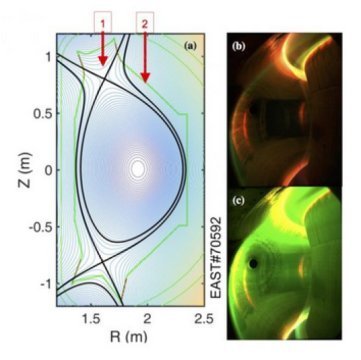
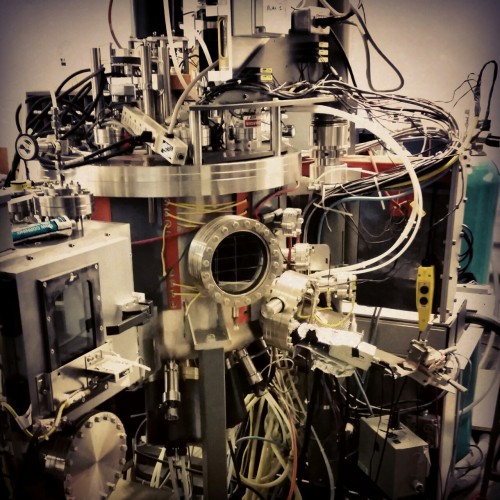
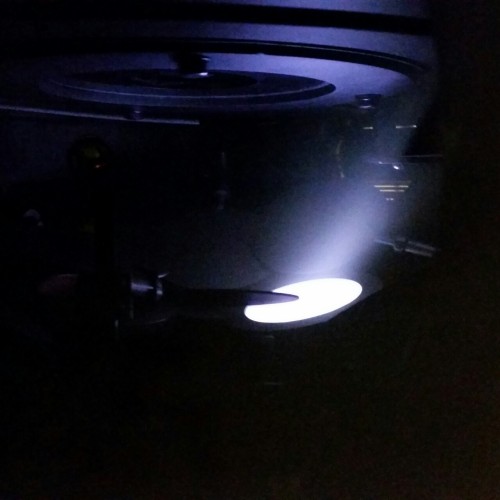

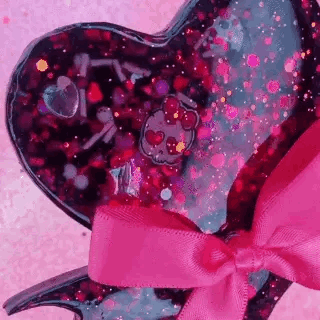













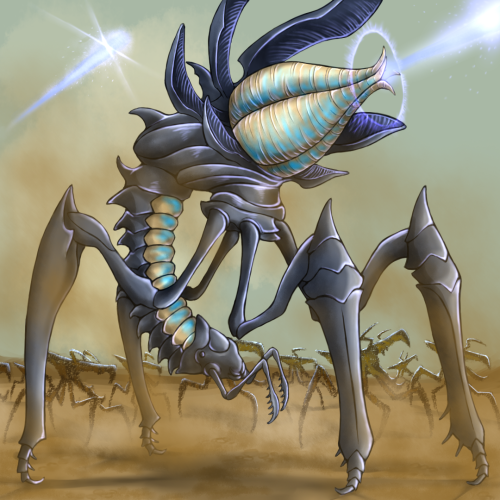









![Kid Plasma!Went back over an older doodle with some lines and colors. [ Commission ] or [ Ko-fi ❤ ] Kid Plasma!Went back over an older doodle with some lines and colors. [ Commission ] or [ Ko-fi ❤ ]](https://64.media.tumblr.com/ac313afd6db5a25879c8f02ee046ea4e/tumblr_pivxzljxtV1r1bpfyo1_r1_500.png)